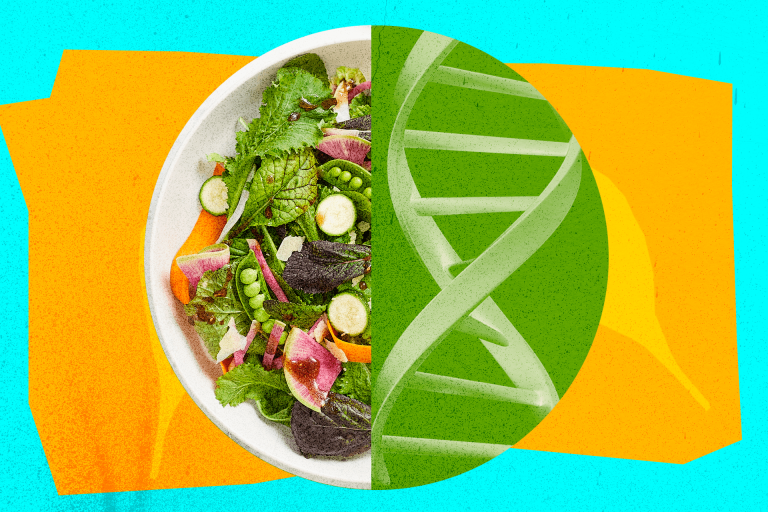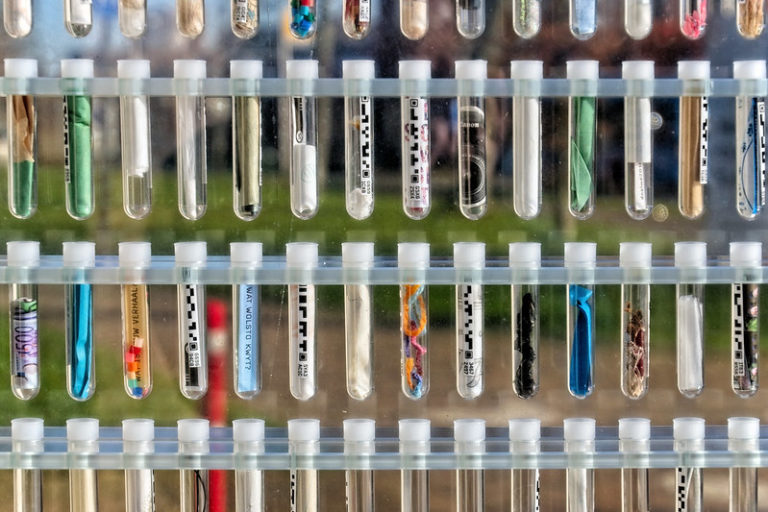GMO : animals authorised… without formalities
Argentina and Japan have authorised three genetically modified fish using the Crispr/Cas9 molecular tool. For these two countries, these are not GMOs.
In December 2018, in Argentina, a genetically modified (GM) tilapia produced by AquaBounty was exempted from the marketing authorisation requirement [1]. A victory for the same company, which had taken almost twenty years to obtain permission to market a transgenic salmon. And a boon to circumvent international opposition to GM animals. In 2021, in Japan, a sea bream and a tiger puffer fish, genetically modified by Crispr/Cas9, were approved for marketing [2].
Argentina and Japan decided that these GMOs were not GMOs because, in their view, they would not contain foreign DNA, unlike GMOs derived from transgenesis. These countries have adopted a new definition of GMOs, which allows GMOs to be limited to transgenic organisms only, without having fully verified the absence of foreign DNA [3]. These countries deliberately misread the definition of a GMO, which has never referred to the specific insertion of foreign DNA. In the Cartagena Protocol, a widely adopted international text (but not ratified by Argentina) [4], a GMO is defined as « any living organism that possesses a novel combination of genetic material obtained through the use of modern biotechnology » [5] . In the same Protocol, « modern biotechnology » is defined as « the application of in vitro techniques to nucleic acids, including recombinant [DNA] and direct introduction of nucleic acids into cells or organelles ».
Lazy legislations on new GMOs
To achieve this trick, Japan had to change its legislation. On October 1er, 2019, a decision went into effect that defines the minimalist framework for products obtained through « genome editing ». A term introduced by the companies and taken up by the authorities, to differentiate new GMOs from transgenic GMOs. The new Japanese procedure involves pre-consultation. The Health Policy Bureau for Novel Foods will decide, on the basis of a relatively light dossier drafted by the company, whether a simple marketing notification is sufficient or whether, on the contrary, a prior risk assessment is necessary due to the presence of foreign DNA. Japan does not provide for technical verification of the content. For example, if a company files a dossier claiming that no foreign DNA sequences are present in the genome, no verification by sequencing is foreseen. Yet recent news shows that such an absolute absence of foreign DNA is technically difficult, as seen with the Recombinetics bulls [6] . The situation in Argentina is broadly the same.
And above all, no genetic modification technique is currently perfectly mastered. Many scientists have shown that these new genetic modifications have unintended and off-target changes that are far from trivial [7], such as the integration of pieces of DNA from the various reagents.
In the EU, these fish require prior authorisation to be imported and marketed [8] [9], and must be labelled « GMO ». The regulatory gap could quickly become a major headache for customs.
However, the European Commission has recently proposed to change the legislative framework for non-transgenic plant GMOs, so that they would no longer be subject to the current regulatory framework [10]. This initiative excludes animals and micro-organisms for the moment : until when ?












